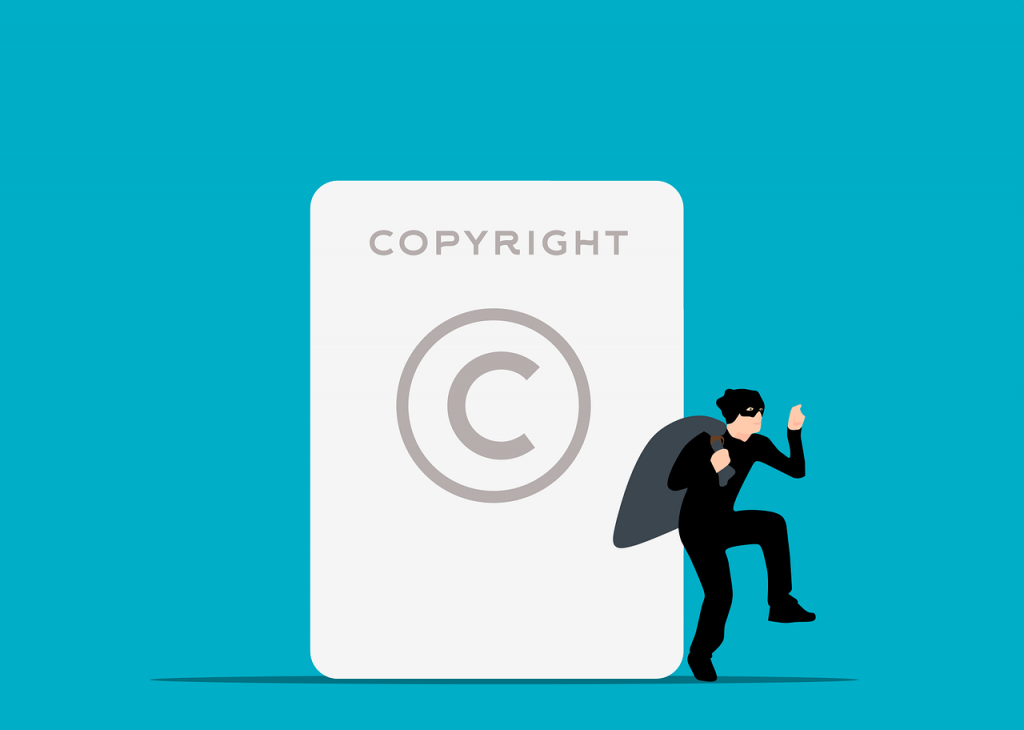Inventors often ask, “Is my invention patentable?” Understanding the patent process can clarify this crucial question. To be patentable, an invention must satisfy three main requirements: novelty, utility, and non-obviousness.
Types of Patents
There are three primary types of patents:
Utility Patents
These are what most people think of when they consider patents. They protect the functional aspects of inventions, ensuring that the usefulness of a product or process is safeguarded. If your invention solves a problem or improves a process, it likely qualifies for a utility patent.
Design Patents
These patents protect the ornamental design of an object. Consider the fins on 1950s cars—they didn’t improve performance but looked stylish. Design patents secure these aesthetic elements, distinguishing them from the functional parts protected by utility patents.
Plant Patents
These cover new types of plants that can reproduce asexually. If you’ve developed a unique flowering plant that doesn’t rely on pollen, a plant patent can protect your botanical innovation.
Key Patentability Requirements
Novelty
Your invention must be new. It cannot have been disclosed in any prior art, such as existing patents, published articles, or products already in use. The novelty requirement is often the most challenging to meet, as it involves proving that your invention differs from everything that came before.
Utility
The invention must be useful. This requirement is typically straightforward—if your invention provides a solution to a problem, it’s considered useful.
Non-obviousness
The invention must not be an obvious combination of existing inventions. It should represent a novel step forward that wouldn’t be immediately apparent to someone skilled in the relevant field.
Patent Rights
A patent grants you the right to prevent others from making, using, or importing your invention without permission. This protection is crucial for maintaining the competitive edge of your innovation. A patent grants you the right to prevent others from making, using, or importing your invention without permission. This protection is crucial for maintaining the competitive edge of your innovation.
However, if someone infringes on your patent, you may need to take legal action to enforce your rights. In such cases, understanding the legal processes involved is essential. For instance, the service of subpoenas might be necessary to compel witnesses to testify or to obtain evidence crucial to your case. Being prepared to navigate these legal steps ensures that you can effectively protect and defend your patented invention.
In conclusion, if your invention is new, useful, and non-obvious, it stands a good chance of being patentable. Understanding the different types of patents and their requirements can help you with the patent application process.



